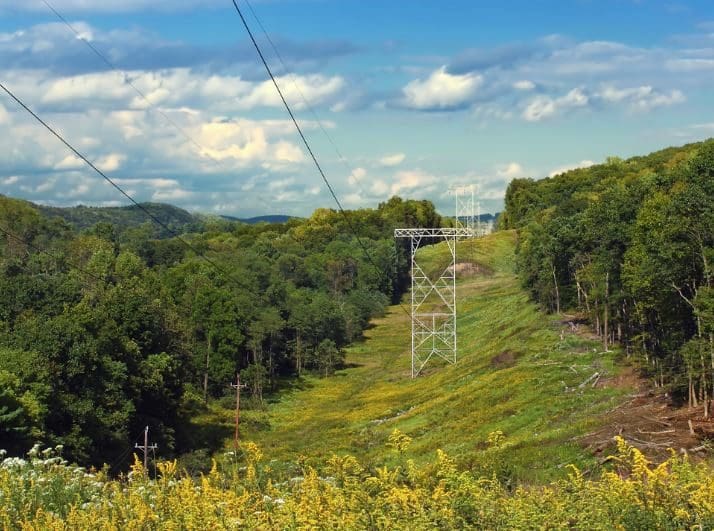Americans consume more than 700 million gallons of petroleum products a day. This means that pipelines are going to stick around for quite a while. Given this statistic, it’s crucial that today’s crude oil pipeline and natural gas companies are dedicated to environmentally sound, reliable, and safe pipeline operation.
In order to preserve the infrastructure’s integrity, it’s important that these companies teach the public about the systems in and around the community, and respond swiftly in times of emergency. Pipeline maintenance, like clearing trees and vegetation that grow around the pipes, is tied to the following priorities:
Public Awareness and Emergency Response
In case of emergency, direct access to pipelines is critical. Quick access means there’s no time to clear out trees first. A dependable pipeline clearing contractor will keep the Right-of-Way obstacle-free so that your team can make emergency repairs swiftly and safely.
Communities care about pipeline location and the critical role they play. Local businesses, schools, and churches must know the steps necessary to prevent spills in areas that are environmentally sensitive. Farmers must know that pipeline companies are working to preserve the local agriculture.
Emergency responders and local officials are important partners in emergency situations. Land developers and homeowners also need to be aware of the risks that come with digging near utilities such as pipes. A well-maintained ROW is a critical part of showing them the location of these off-limit areas.
A well-informed population will be your partner in accident prevention. An easily visible ROW also decreases the likelihood of unauthorized excavation and development inside the ROW.
Third-party digging is the main reason for pipeline damage. A correctly-marked pipeline ROW will display a close estimate of where the pipes are located under the ground. These markers should hold information such as the name of the company operating the pipeline, an emergency phone number, and the product transported.
What do local builders and residents need to know before they dig? You can see if any pipelines are in the construction area by calling 811 from anywhere in the country.
Clearing the ROW
If pipelines cross private property or even lie close to it, the company in charge has right of way with those landowners to grant “ease” of maintenance and construction. These easements are typically passageways that are kept clear of buildings, trees, or other structures. Right-of-way clearing is a continuous process that advocates for the efficient and safe operation of the pipeline.
Above ground, where the pipeline is not clear, high grass, bullwhip, and cattails can make the ROW impossible to access—specifically in marsh and wetlands. Underneath the ground, trees and other plants gravitate towards the moisture and warmth of pipelines. Because of this, it’s not uncommon to find thick root tangles around underground pipes. These pipes are coated to prevent corrosion, and tree roots systems can ruin these outer protective layers.
Wetland vegetation that endangers the integrity of the pipeline needs to be cleared, otherwise pipeline companies cannot ensure the safety of nearby residents. The U.S. Department of Transportation demands that these companies regularly monitor their pipeline ROWs. A pipeline ROW cleared the right way will leave inspectors a clear path to perform their work. This also leaves an easily viewable guide to the pipeline’s location, which allows for aerial inspection in certain cases.
Oil and gas operations are commonly found in remote locations far from company headquarters. Now, it's possible to monitor pump operations, collate and analyze seismic data, and track employees around the world from almost anywhere. Whether employees are in the office or in the field, the internet and related applications enable a greater multidirectional flow of information – and control – than ever before.



